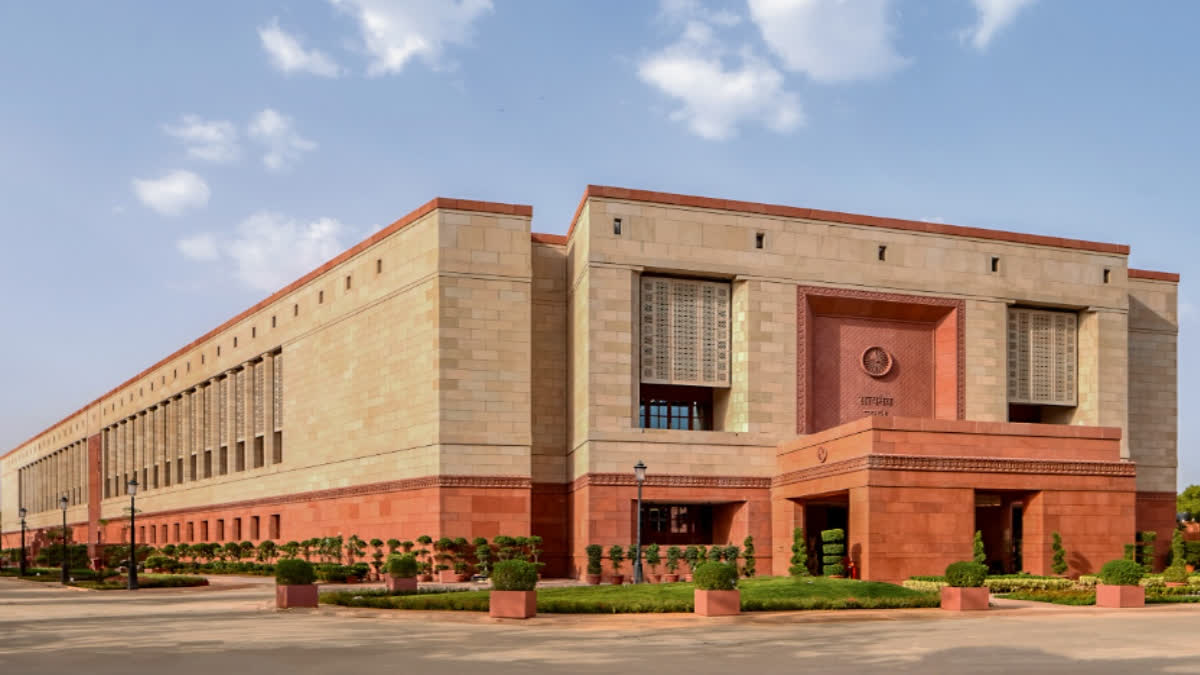Three months into the 18th Lok Sabha, the Departmentally Related Standing Committees (DRSC) of Parliament are yet to be constituted. There have been several rounds of parleys between the union government and the opposition but the negotiations have not yet made any headway.
Amidst this controversy, senior Congress leader Shashi Tharoor has slammed the government for its reluctance to cede the chairmanship of key committees on finance, external affairs and defence. Tharoor has pointed out that in 2014, when the Congress tally was just 44, he had chaired the Parliamentary Panel on External Affairs while a fellow Congressman Veerappa Moily had headed the panel on Finance. But today, despite the Congress’s 101 MPs, the government seems reluctant to hand over control of any of the three panels which the largest opposition party has sought.
One of the main functions of Parliament is oversight of the executive. This inter alia requires a detailed examination of the demands for grants (budget) of various ministries and departments of the government. Given the time constraint, it is nearly impossible to do complete justice to this function in the full/open houses of the Parliament.
In order to meet this concern, in 1989 three subject-based standing committees, namely the Committee on Agriculture, the Committee on Science and Technology, and the Committee on Environment and Forests were constituted to examine the activities of the concerned ministries, primarily to ensure greater accountability of the government to the Parliament.
The success of these committees led to the expansion of the system. Thus 17 DRSCs came into being in April 1993 covering under them jurisdiction of all the central government ministries and departments. The system was restructured in July 2004, whereby the number of DRSCs was increased from 17 to 24.
As regards the membership of these DRSC, it is sought to ensure that all the members of the Lok Sabha and the Rajya Sabha, excluding the ministers, are accommodated in one or the other committee. Thus originally, when the number of committees was 17, each committee had 45 members. When the number of committees increased to 24, the number of members in each committee was reduced to 31.
Further, since the ratio of the total number of members in the Lok Sabha and the Rajya Sabha is approximately 2:1, each committee has 21 members from the Lok Sabha and 10 from the Rajya Sabha. Apart from the ministers, who are ineligible to be appointed as members of these committees, occasionally some of the senior members of certain political parties opt out of these committees on account of their multifarious engagements or for reasons of health etc. Thus often, some members do double duty on behalf of their party and sit on more than one such committee.
Out of the 24 committees, 8 committees are serviced by the Rajya Sabha Secretariat and 16 by the Lok Sabha Secretariat. Accordingly, 8 committees are chaired by members of the Rajya Sabha and 16 committees are chaired by members of the Lok Sabha. The chairpersons of these committees are appointed by the Chairman, Rajya Sabha and the Speaker, Lok Sabha, respectively.
